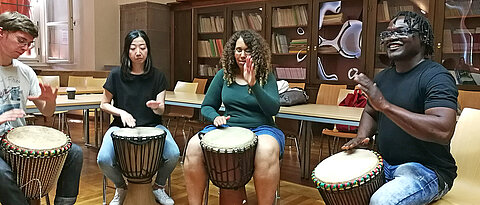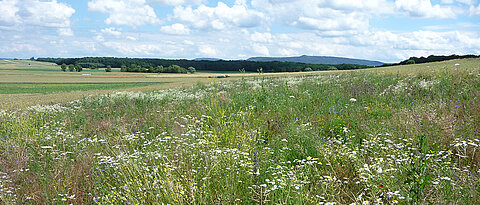Innovations for Quantum Computing
05/31/2021
Forschungszentrum Jülich and the University of Würzburg will together investigate the quantum phenomena of topological materials and the opportunities they present within quantum computing. The Free State of Bavaria is funding the project to the tune of € 13 million.
more

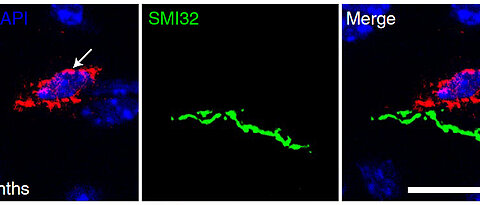
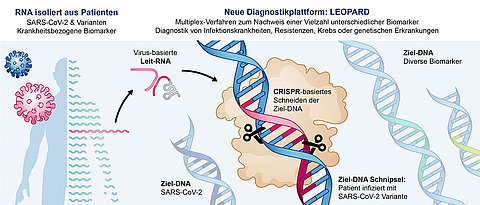
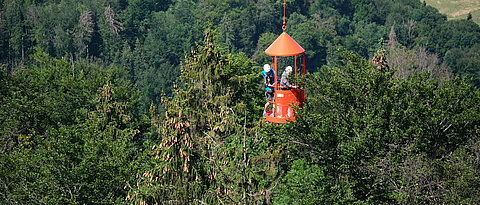


![[Translate to Englisch:] During drought, the signalling molecule GABA is produced and inhibits the opening of leaf pores (left). If the enzyme GAD2, which converts glutamate to GABA, is genetically switched off, the pores remain open even during drought - the plants lose more water (centre). If the gene for GAD2 is reintroduced into the closing cells, the defect is reversed. The experiment shows that the sphincter cells autonomously perceive stress and react to it with GABA production.](/fileadmin/_processed_/8/6/csm_12hedrich-gaba-www_c439cb08b7.jpg)
![[Translate to Englisch:] Violet light triggers a signalling chain in the light sensor protein switch-Cyclop, blue or green light stops the chain. At the end, the production of the signalling molecule cGMP is regulated by the enzyme guanylyl cyclase (GC).](/fileadmin/_processed_/2/f/csm_12nagel-bmcbiology-www_a6d777b6fa.jpg)


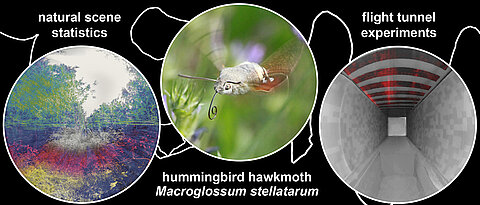
![Quantum physics with a cat: a mobile phone game is designed to whet children's and young people's appetites for physics. (Photo: Philipp Stollenmayer) [Translate to Englisch:]](/fileadmin/_processed_/c/7/csm_ctqmat_MobileGame_Picture_AbbildungPhilippStollenmayer_www_6c75880542.png)
